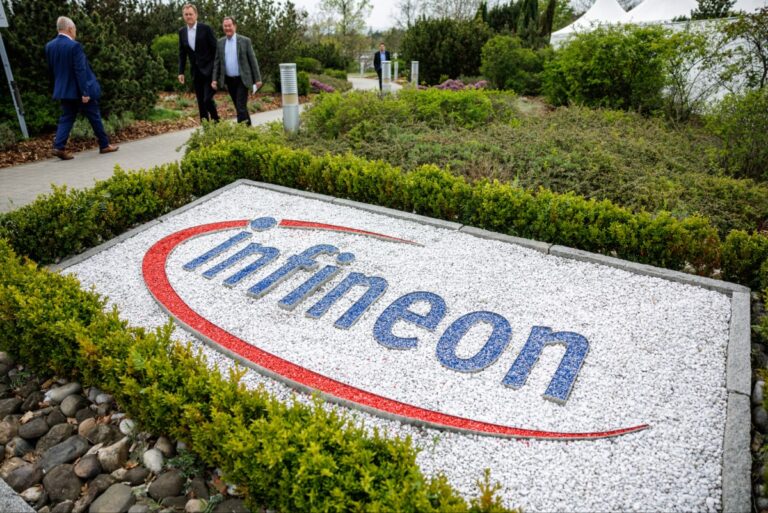Marc Andreessen’s Vision: Building a Lasting Legacy for a16z Beyond Partnerships
In recent discussions surrounding the venture capital landscape, one firm that has captured attention is Andreessen Horowitz, which manages approximately $45 billion in assets. Many industry watchers are curious about whether this influential firm is contemplating a future as a publicly traded entity.
Insights from Marc Andreessen on Going Public
During a recent episode of the Invest Like the Best podcast, co-founder Marc Andreessen shared his thoughts on the potential of taking the firm public. He emphasized that he isn’t “chomping at the bit to take the firm public” but is focused on establishing a16z as a lasting institution, drawing parallels to JP Morgan and publicly traded private equity firms.
The Challenges of the Traditional Partnership Model
Andreessen highlighted the inherent limitations of the traditional venture capital partnership model. He described it as a “small tribe of people sitting in a room together, trying to bounce ideas off of each other.” The significant drawback of this model is its reliance on the expertise of current partners, which can lead to a loss of value once they retire.
- Partnerships often lack underlying asset value.
- Transitioning to new generations can lead to failures.
- Many firms risk being forgotten over time.
Building a Sustainable Future for a16z
While partnerships can be lucrative, generating substantial management fees alongside successful investment profits, Andreessen insists that the firm’s focus extends beyond just fee generation. He stated, “When we go for scale, it’s because we think it’s necessary to support the kinds of companies we want to help our founders build.”
Transforming a16z into an Enduring Company
Andreessen’s vision for a16z involves creating a robust investment company that operates like a well-managed business. This approach includes:
- Structured management systems
- Specialized divisions within the staff
- Training programs for continuous development
Learning from the Success of Established Firms
Marc Andreessen draws inspiration from the evolution of small partnerships into large corporations. He references the transformation of firms like Goldman Sachs and JP Morgan, which began as modest ventures and developed into major public companies. Similarly, he points to private equity giants like Blackstone, Apollo, KKR, and Carlyle, which successfully transitioned from partnerships to publicly traded firms.
The Advantages of Growth Beyond Key Investors
As firms expand from partnerships to large corporations, their resilience becomes less reliant on a few key individuals. Andreessen notes, “A big part of what we’ve been trying to do is build something that has that kind of enduring aspect to it.”
A16z: More than Just a Traditional VC Firm
In many respects, Andreessen Horowitz already resembles a full-fledged operating company. The firm boasts extensive teams in marketing and recruitment, as well as focused strategies in areas like crypto, biotechnology, and American dynamism.
Ultimately, Andreessen’s desire to pivot away from the classic VC system may stem from a deeper understanding of partnership dynamics. He candidly admits, “It actually turns out in most cases, what you discover is that people actually don’t like each other that much.”
As the venture capital landscape evolves, the future of firms like Andreessen Horowitz will continue to be a topic of interest for investors and industry insiders alike.







